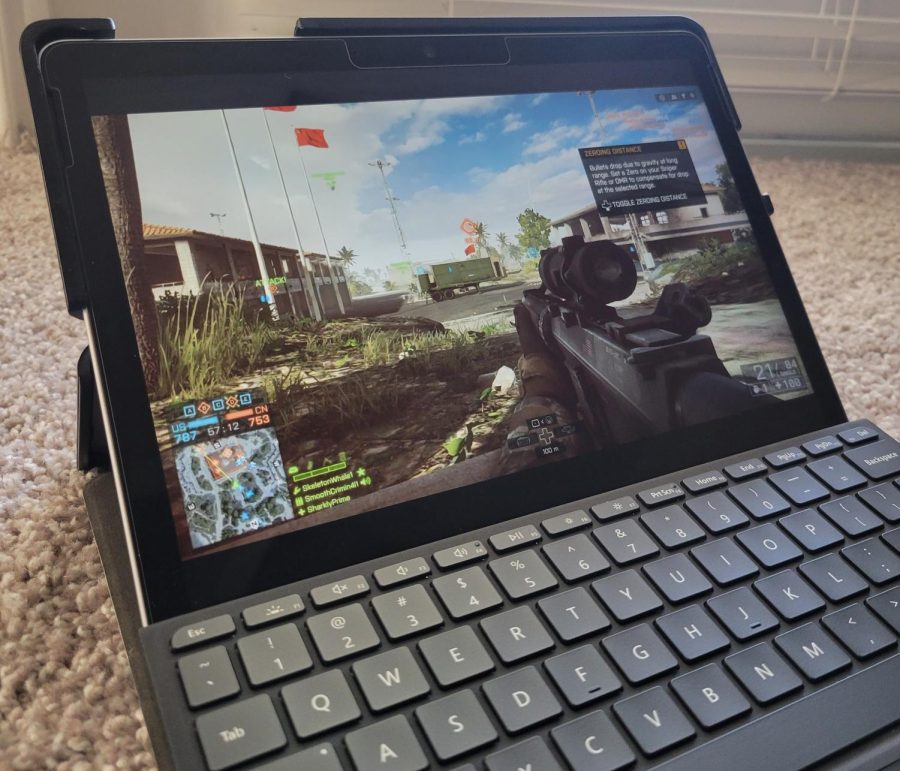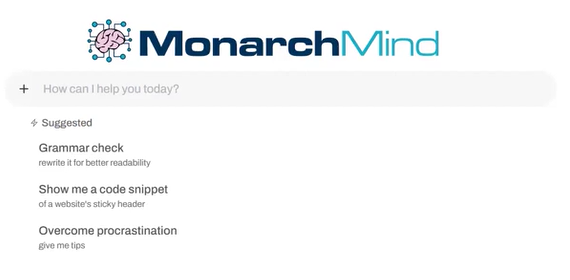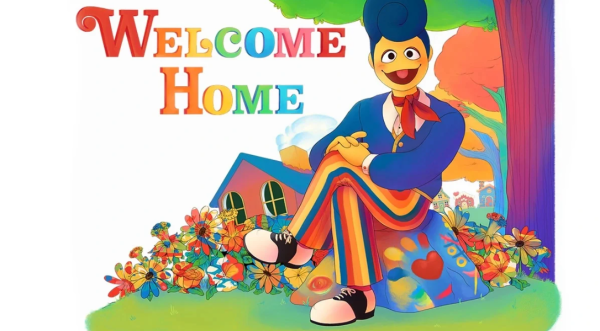A Slow Revolution: How Cloud Gaming Is Rising to Power
One minute and twelve seconds. That’s how long it took me to load the Xbox app, browse through the cloud gaming list, and load “Halo: Infinite” as my game of choice. I was effortlessly loaded into the campaign within that time frame. I didn’t even have five seconds to read whatever text there was on the loading screen. That’s how far cloud gaming has advanced since being nothing but a concept in the early 2000s.
Cloud gaming, essentially a streaming service like Netflix, but for gaming, has come a long way since it was first introduced in the market in 2011 by OnLive. However, it’s apparent that the gaming community has been acquiring a greater interest today than it did 11 years ago. The convenience of being able to play AAA titles like “Assassin’s Creed” or “Resident Evil” didn’t seem so important at first. The most probable reason for that is because major titles only ever used up to 10 gigabytes, excluding downloadable content add-ons. Nowadays, titles like “Call of Duty” easily go over 100 gigabytes while other titles commonly use over 40 gigabytes. Naturally, the convenience of cloud gaming became more appealing when downloading games became a daunting process.
Cloud gaming isn’t a niche service either. There are several major contenders offering their services and each has their own benefits and disadvantages. Companies like Google (Stadia), Amazon (Amazon Luna), Sony (PlayStation Now), and Nvidia (GeForce Now) are just a few that can be named. Most of these services have their own set of great titles to choose from. Others only offer cloud gaming to games you own, like GeForce Now.
Prices are greatly varying too from pricier services like Shadow, often regarded as the best provider so far, at a monthly $30 rate to Amazon Luna’s $6 rate. Of course, performance greatly varies with each provider and there are still certain hurdles that come with this possibility.
Still, there’s something so surreal about being able to play “Fallout: New Vegas” on my phone during a long road trip. It’s both a wow factor and a relief knowing that you can have hours of gaming entertainment without having to make a setup in the back of your car.
With all this being said, cloud gaming still doesn’t look like it’s the end all be all of current gaming trends. For starters, it’s all dependent on a stable internet connection, which is what can really topple that hope of comfortably playing if you’re relying on cellular data. If you have the privilege of having Wi-Fi in your car then by all means, use it to its fullest extent because you’re gonna have a great road trip. The second issue is that unless you’re getting a dedicated virtual PC set-up like Shadow’s service, then you will experience issues when there’s a player surge on the servers. It doesn’t happen often, thankfully, but when it does, it will be very inconvenient. Believe me, nothing is more infuriating than losing a close boss fight due to a screen stutter. Another issue that quickly became apparent is needing a controller. Unless you’re cloud gaming for PC use only, trying to game using touch screen controls feels clunky and makes controlling the game more like a chore than seamless. You can get used to the screen controls, but the way it handles shows that a controller is more of a necessity than a preference.
These drawbacks can be overcome, yes. However, I think cloud gaming still needs time to progress to be able to reach a massive following. Even Microsoft said that cloud gaming won’t replace traditional gaming, making another reason why xCloud isn’t it’s own service but comes included with Game Pass. It’s not a bold or traditionalist statement either. Portable gaming devices like the Nintendo Switch, a gaming powerhouse, are still very popular. Of course, the only caveat there is that not every ported game on the Switch is as functional or smooth as they are on Console or PC. Either way, owning a game and having it downloaded as opposed to relying on a subscription service is a lot more convenient in the long run. Your internet provider has an outage? No problem, you can keep playing games offline, though unfortunately, games are starting to lack that feature too. Sure, the loading screens might take a while longer, depending on your setup, but it’s much easier than relying on servers that are miles away from where you’re sitting.
All in all, the developments in these services are really starting to grab a lot of attention. Especially since Microsoft recently made a deal with Activision and Ubisoft regarding Game Pass (which includes “Rainbow Six: Extraction” being available on that as well). As an Xbox user, it’s exciting to witness since this could potentially spark up a new “arms race” within companies in the gaming industry. Perhaps we will see even more development in cloud gaming that might bring even more surprises to the table. One thing is for sure, cloud gaming is steadily making its push into mainstream importance.

Gabriel is the Editor-in-Chief for the Mace and Crown. He is in his senior year at ODU and is currently majoring in Mechanical Engineering Technology....












